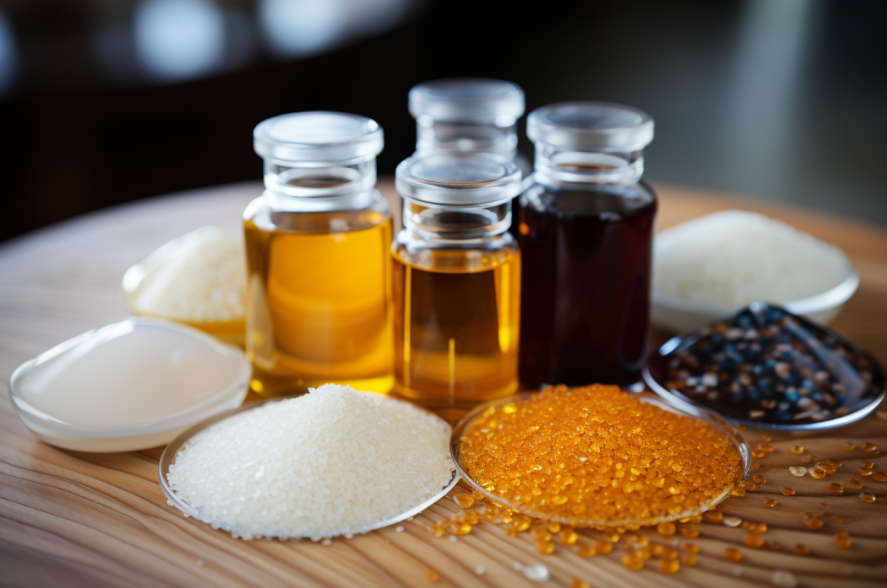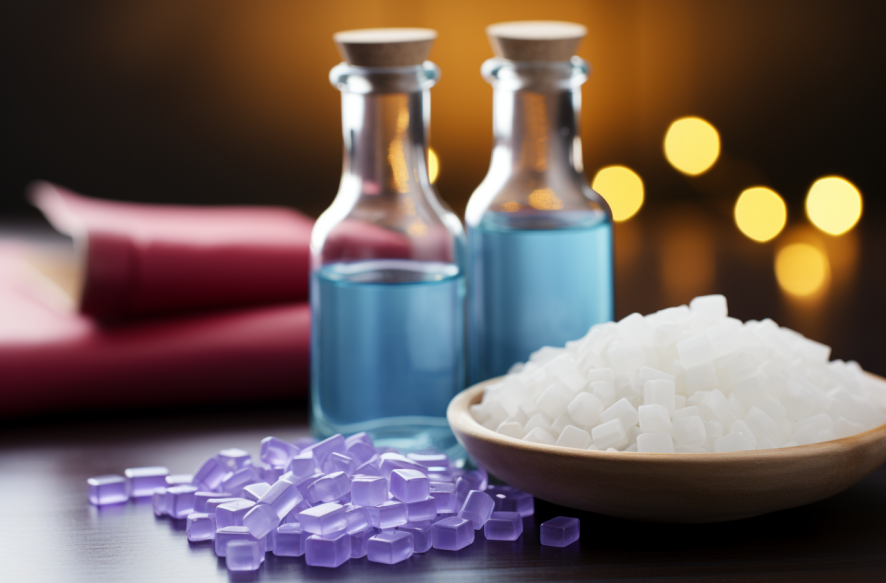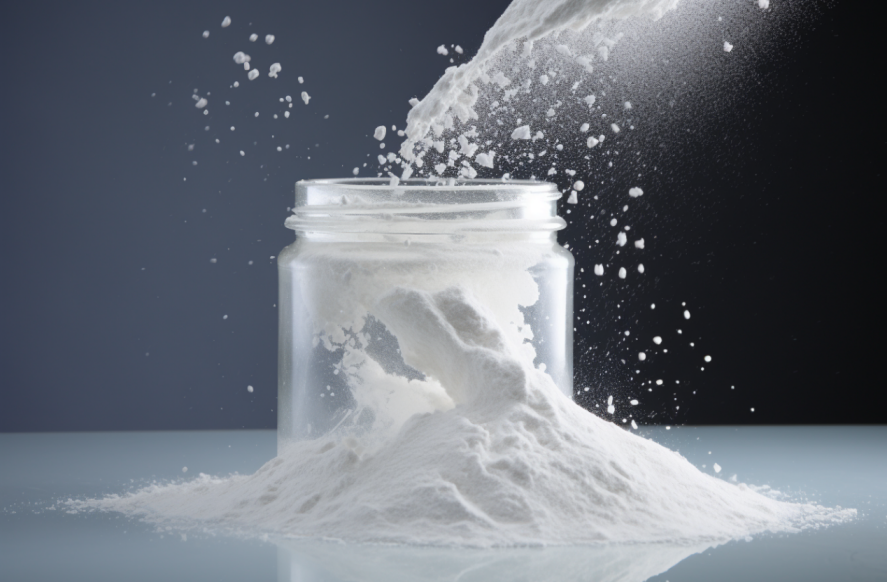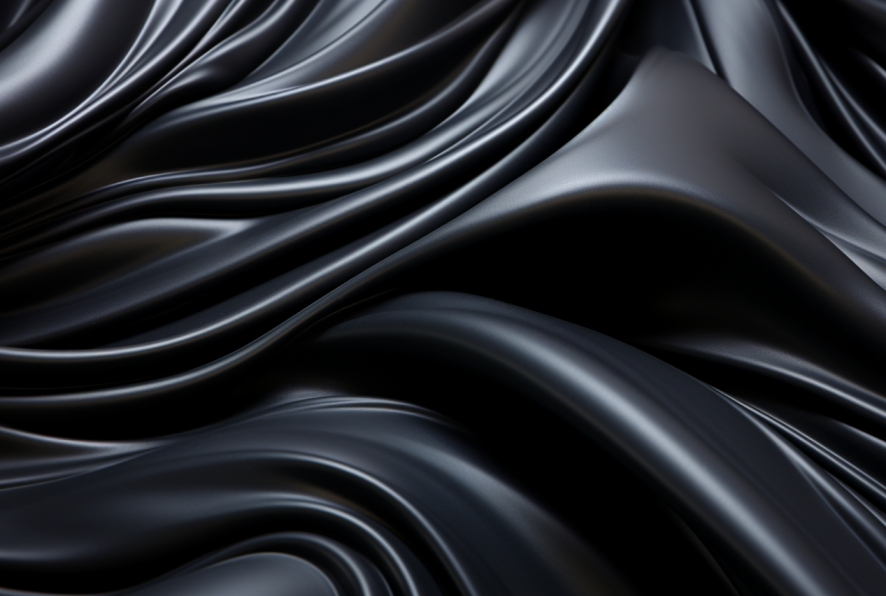Ethylene Propylene Diene Terpolymer Rubber: Properties & Applications
20/01/2024
Ethylene Propylene Diene Terpolymer Rubber, commonly known as EPDM rubber, is a versatile synthetic elastomer with a wide range of applications in various industries. EPDM is a type of diene terpolymer rubber that exhibits excellent resistance to ozone, weathering, ageing, and chemicals, making it ideal for use in outdoor applications where it is exposed to harsh environmental conditions.
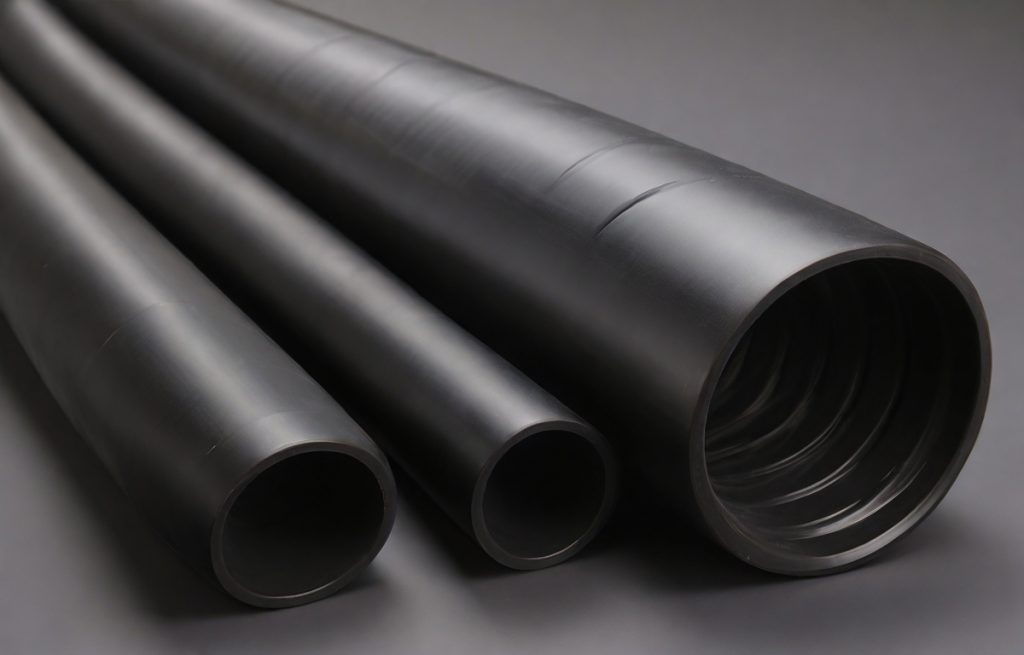
In this article, we will explore the key properties and advantages of EPDM, along with its diverse applications in the automotive, construction, electrical, and HVAC industries. We will also discuss how EPDM is used in these industries and why it is preferred over other rubber materials.
Whether you are an engineer, a designer, or a buyer, this article will provide you with a comprehensive understanding of EPDM rubber and help you make informed decisions when selecting materials for your projects.
What is Ethylene Propylene Diene Terpolymer Rubber?
Ethylene Propylene Diene Terpolymer Rubber (EPDM) is a synthetic rubber material widely used in various industries due to its excellent properties and durability. It is a type of rubber composed of three monomers – ethylene, propylene, and a non-conjugated diene – that provide unique characteristics to the material.
EPDM rubber is known for its resistance to weathering, chemicals, and extreme temperatures, making it suitable for outdoor applications. It also has excellent electrical insulation properties and a high tensile strength, which makes it ideal for use in electrical and mechanical applications.
Another key property of EPDM rubber is its low compression set, meaning it can maintain its original shape after being compressed. This makes it an excellent choice for gaskets and seals in automotive, construction, and industrial applications.
In summary, EPDM rubber is a highly versatile and durable material with unique properties that make it suitable for a wide range of applications in various industries.
Advantages of EPDM
Ethylene Propylene Diene Terpolymer Rubber (EPDM) is a highly durable and versatile material that offers a range of benefits across various industries. Here are some of the key advantages of using EPDM:
- Durability: EPDM is resistant to damage caused by extreme temperatures, sunlight, chemicals, and ozone exposure, making it ideal for outdoor applications.
- Weathering resistance: EPDM can withstand prolonged exposure to the elements, including rain, snow, and hail, without degrading or losing performance.
- Thermal stability: EPDM maintains its flexibility and integrity at both high and low temperatures, making it suitable for use in extreme environments.
- Low electrical conductivity: EPDM is a non-conductive material, making it ideal for electrical insulation applications.
- Easy to install: EPDM is lightweight and easy to handle, allowing for quick and efficient installation.
These advantages make EPDM a popular choice for a diverse range of applications, including roofing systems, seals, gaskets, hoses, and electrical insulation, among others.
Key Properties of EPDM
Ethylene Propylene Diene Terpolymer Rubber (EPDM) possesses exceptional properties that make it a highly desirable material in various industries. EPDM is known for its:
- Excellent ozone and UV resistance, which makes it ideal for outdoor applications
- High tensile strength, which allows it to withstand mechanical stress without breaking
- Low electrical conductivity, which makes it suitable for electrical insulation applications
- Good chemical resistance, which makes it resistant to many acids, bases, and alcohols
- High resistance to heat and cold, making it ideal for use in extreme temperature conditions
These properties make EPDM a versatile material that can be used in a wide range of applications, including roofing, automotive, construction, and electrical industries.
Applications of EPDM
EPDM rubber is a versatile material that is commonly used in a variety of industries due to its excellent resistance to weathering, ozone, and UV radiation. Below are some of the main applications of EPDM:
Automotive
- Seals
- Gaskets
- Hoses
- Weatherstripping
Construction
- Roofing systems
- Waterproof membranes
- Expansion joints
Electrical
- Cable insulation
- Wire harnesses
- Insulating boots
HVAC
- HVAC gaskets
- Ductwork
- Vibration dampening mounts
EPDM is a popular choice in these industries due to its excellent thermal stability, flexibility, and durability. Its ability to withstand extreme temperatures and harsh environmental conditions makes it ideal for a wide range of applications in various industries.
EPDM in the Automotive Industry
Ethylene Propylene Diene Terpolymer Rubber (EPDM) has become a popular material in the automotive industry due to its numerous EPDM uses. One of the primary applications is as seals, providing a durable and heat-resistant barrier between different parts of the vehicle.
EPDM is also utilized as gaskets in engines, fuel systems, and transmissions, providing a tight and leak-free seal. In addition, EPDM hoses are widely used in fuel systems and cooling systems, providing flexibility and high-temperature resistance.
Another critical use of EPDM in the automotive industry is as weatherstripping. EPDM weatherstripping is commonly used on windows, doors, sunroofs, and trunks, providing an effective seal against wind, water, and air.
Overall, EPDM’s excellent properties, including its resistance to weathering, durability, and temperature stability, make it an ideal material for various automotive components.
EPDM in the Construction Industry
Ethylene Propylene Diene Terpolymer Rubber (EPDM) is a versatile material that finds extensive use in the construction industry. One of the most notable applications of EPDM is in the roofing industry, where it is used to create durable and weather-resistant roofing systems.
Roofing Systems
EPDM is often used as a roofing material due to its ability to withstand extreme temperatures, ultraviolet rays, and other weather conditions. It is commonly used in low-slope and flat roof systems, where its exceptional waterproofing and elongation properties make it an ideal choice for protection against moisture, leaks, and cracks.
Waterproof Membranes
Another prominent application of EPDM in the construction industry is the creation of waterproof membranes. These membranes are used to prevent water from penetrating building structures and are an essential component in maintaining the structural integrity of buildings. EPDM’s high resistance to moisture, chemicals, and temperature changes make it an ideal material for creating durable and long-lasting waterproof membranes.
Expansion Joints
EPDM is also used in the construction of expansion joints, which allows for thermal expansion and contraction of building materials. EPDM’s flexibility and elasticity make it an excellent material for creating resilient and durable expansion joints that can withstand the stress caused by temperature changes.
Overall, EPDM’s excellent properties, such as its durability, weather resistance, and thermal stability, make it a popular choice for a wide range of construction applications. From roofing systems to waterproofing membranes and expansion joints, EPDM continues to be an essential component of modern construction.
EPDM in the Electrical Industry
Ethylene Propylene Diene Terpolymer Rubber (EPDM) is widely used in the electrical industry due to its exceptional electrical insulation properties. It can effectively insulate cables, wire harnesses, and other electrical components, providing a reliable barrier against electrical current and minimizing the risk of electrical faults and fires.
The high dielectric strength and thermal stability of EPDM make it an ideal material for cable insulation and jacketing, and it can be customized to suit specific application requirements. EPDM is also commonly used in wire harnesses, where it provides protection against abrasion, heat, and chemicals. Additionally, EPDM is used for insulating boots in electronic components, such as switches and connectors, as it offers superior resistance to moisture, non-polar solvents, and oils.
Overall, the excellent electrical and mechanical properties of EPDM make it an essential material for the electrical industry, ensuring the safe and reliable functioning of various electrical systems and components.
EPDM in the HVAC Industry
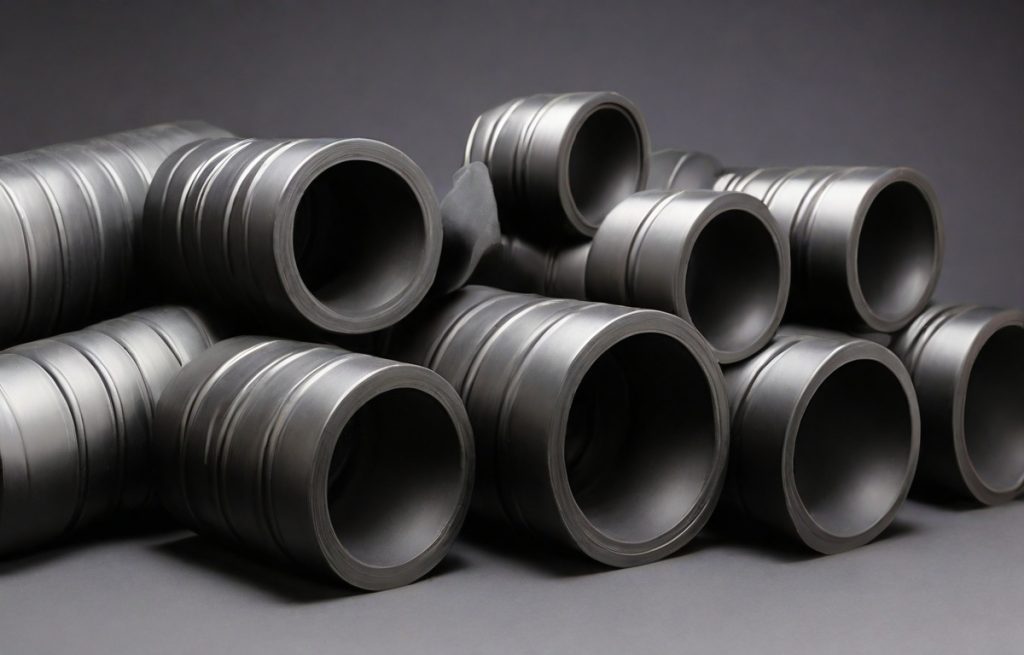
Ethylene Propylene Diene Terpolymer Rubber (EPDM) is widely used in the Heating, Ventilation, and Air Conditioning (HVAC) industry due to its outstanding performance in various applications.
HVAC Gaskets
EPDM is an ideal material for gaskets required to seal HVAC systems because it can maintain its flexibility and sealing properties in extreme temperatures. This ensures that the gaskets maintain an airtight seal, preventing the leakage of air or contaminants. EPDM gaskets are commonly used in air handlers, ductwork, and HVAC filtration systems.
Ductwork
EPDM is an excellent material for HVAC ductwork due to its high resistance to weathering, ozone, and UV radiation. It can withstand extreme temperatures, ensuring that the ductwork maintains its structural integrity while ensuring superior air quality. EPDM-lined ductwork is also known for its acoustic insulation properties, which help reduce noise levels generated by HVAC systems.
Vibration Dampening Mounts
EPDM’s unique properties make it suitable for use in vibration dampening mounts, which are commonly used in HVAC systems. Its ability to absorb vibrations and noise ensures the longevity and effectiveness of the HVAC system, mitigating the damage caused by environmental factors. They are commonly used to protect HVAC components such as compressors, condensers, and air handlers.
Conclusion
Overall, Ethylene Propylene Diene Terpolymer Rubber (EPDM) is a highly versatile and durable material that offers excellent resistance to weathering, ozone, and UV exposure. Due to its unique properties, EPDM has a wide range of applications across various industries, including automotive, construction, electrical, and HVAC.
EPDM’s superior characteristics make it an ideal choice for use in challenging environments, such as extreme temperatures, chemical exposure, and high-impact settings. Its exceptional thermal stability, electrical non-conductivity, and low compression set further enhance its suitability for a broad range of applications.
In conclusion, Ethylene Propylene Diene Terpolymer Rubber (EPDM) is an exceptional material that can provide long-lasting and reliable performance in demanding environments. Its versatility, durability, and resistance to environmental factors make it a preferred choice for various industries, and it is expected to continue to grow in popularity in the future.
FAQ
What is Ethylene Propylene Diene Terpolymer Rubber?
Ethylene Propylene Diene Terpolymer Rubber, commonly known as EPDM, is a synthetic rubber material with excellent weather resistance, durability, and thermal stability. It is composed of ethylene, propylene, and a small amount of a diene monomer, which allows for cross-linking during vulcanization.
What are the advantages of EPDM?
EPDM offers several advantages, including its exceptional resistance to weathering, ozone, and UV exposure. It is also known for its excellent durability, resilience, and thermal stability. Additionally, EPDM exhibits good electrical insulation properties and is resistant to many chemicals and abrasion.
What are the key properties of EPDM?
EPDM rubber possesses a unique set of properties, including high tensile strength, low electrical conductivity, and excellent resistance to ozone and UV radiation. It is also capable of maintaining its flexibility and elasticity across a wide temperature range, making it suitable for outdoor applications.
What are the applications of EPDM?
EPDM is widely used in various industries due to its versatility and desirable properties. It finds applications in automotive manufacturing for seals, gaskets, hoses, and weatherstripping. In the construction industry, EPDM is utilized for roofing systems, waterproof membranes, and expansion joints. It is also used for cable insulation, wire harnesses, and insulating boots in the electrical industry. In the HVAC industry, EPDM is used for HVAC gaskets, ductwork, and vibration dampening mounts.
How is EPDM used in the automotive industry?
In the automotive industry, EPDM is used extensively for its sealing properties. It is commonly used for door seals, trunk seals, window seals, and various other sealing applications. EPDM’s resistance to weathering, ozone, and temperature variations make it ideal for providing long-lasting, reliable seals in vehicles.
How is EPDM used in the construction industry?
EPDM is widely used in the construction industry for roofing systems, where it acts as a waterproof membrane. It is also used for various applications, including pond liners, expansion joints, and waterproofing of basements and foundations. EPDM’s durability, flexibility, and resistance to UV radiation make it an excellent choice for these construction applications.
How is EPDM used in the electrical industry?
The electrical industry utilizes EPDM for various applications due to its electrical insulation properties. EPDM is commonly used for cable insulation, wire harnesses, and insulating boots. Its resistance to electrical stress, durability, and flexibility make it suitable for protecting and insulating electrical components.
How is EPDM used in the HVAC industry?
EPDM is widely used in the HVAC (Heating, Ventilation, and Air Conditioning) industry for gaskets, seals, and insulation. It is used for HVAC gaskets to provide a tight seal that prevents leakage. EPDM is also utilized for ductwork insulation, where its thermal and acoustic insulation properties are highly beneficial. Additionally, EPDM is used for vibration dampening mounts to reduce noise and vibrations in HVAC systems.

